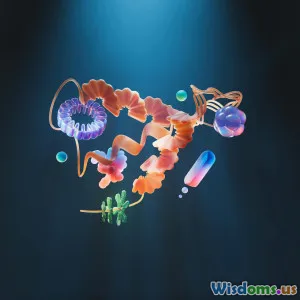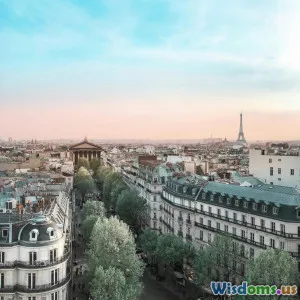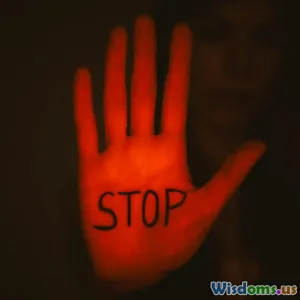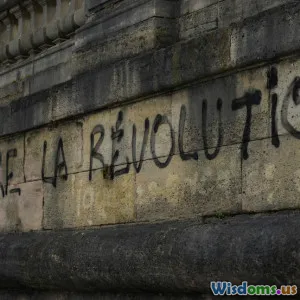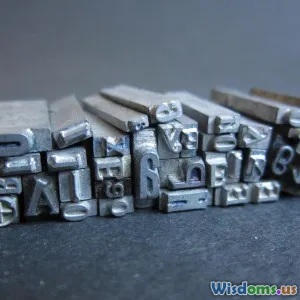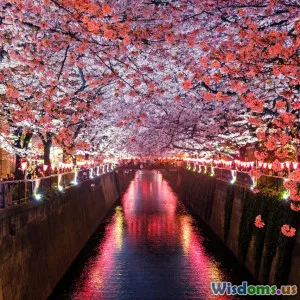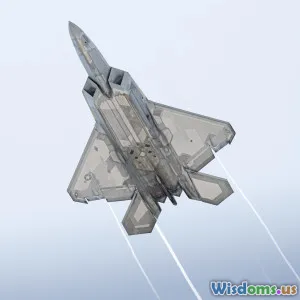
The Dynamics of Power in Secret Societies
7 min read Explore how secret societies wield and maintain power through hierarchy, influence, and secrecy. (0 Reviews)
The Dynamics of Power in Secret Societies
Secret societies have long fascinated historians, conspiracy theorists, and the general public due to their clandestine nature and alleged influence in world events. Yet, beyond the secrecy lies a complex web of power dynamics that governs how these organizations operate, recruit, and maintain control. Understanding these dynamics demystifies the mechanics that sustain their influence and sheds light on the mechanisms by which power is acquired, exercised, and preserved behind closed doors.
The Allure of Secrecy: Why Power Thrives Behind Closed Doors
The enigma of secret societies is not just their hidden agendas but the very nature of their secrecy, which fosters an exclusive sense of power. Power in these groups is as much about information control as it is about social hierarchy. When knowledge is guarded and rituals concealed, members experience a potent sense of insider status, which naturally breeds loyalty and obedience.
As historian Jan Assmann notes, “Secrecy is a language of power.” This manifests in secret societies where access to knowledge, symbols, and rituals conveys status and influence.
Hierarchical Structures: The Backbone of Power
Most secret societies adopt a strict hierarchical structure to organize authority and distribute influence. Classic examples include the Freemasons and the Illuminati, famously known for their tiered degree systems.
-
Degrees and Initiations: Members move through various ranks, each conferring higher status and greater trust. For instance, the Scottish Rite Freemasonry features 33 degrees, symbolizing deeper secrets and elevated authority with progression.
-
Control Through Rank: Higher ranks often grant access to crucial information and decision-making. This stratification creates power elites within the society, controlling resources and setting the agenda.
-
Gatekeeping: Advancement is selective, often depending on proven loyalty or capability, ensuring that power remains consolidated among trusted insiders.
The Role of Rituals and Symbols in Power Consolidation
Rituals in secret societies do more than bond members; they encode the rules of power. When members engage in initiation ceremonies or secret meetings, they reinforce social hierarchies and allegiance.
-
Psychological Impact: Rituals promote group identity and suppress dissent, creating an emotional investment in the group’s power system.
-
Symbolic Language: Symbols – such as the all-seeing eye or pentagram – communicate membership and authority discreetly, both within the group and as a signal to outsiders.
-
Example: The Skull and Bones society at Yale famously uses rituals to instill a sense of historical continuity and elite belonging, reinforcing member commitment to an exclusive leadership class.
Networking Power: Influence Beyond Members
Secret societies often leverage their members' status in broader societal structures, amplifying their internal power externally.
-
Social Capital: Membership often grants access to influential networks in politics, finance, or academia. The Rhodes Scholars’ network, though not entirely “secret,” exemplifies how selective, exclusive groups can translate membership into societal power.
-
Economic Control: Some secret societies function as financial hubs. For instance, allegations suggest groups like Opus Dei influence economic and political decision-making through their global networks.
-
Political Influence: Historically, groups like the Carbonari shaped 19th-century Italian unification, demonstrating secret society power can be a catalyst for political change.
Challenges to Power: Fractures and Reforms Within Secret Societies
Secret societies do not exist without tension. Power struggles, ideological conflicts, and external scrutiny continually challenge their stability.
-
Internal Rivalries: Competition for higher ranks or ideological purity can lead to factions or splinter groups, weakening centralized power.
-
Exposure and Scandal: Leaks or infiltrations erode secrecy, diminishing the perceived power of the group. The public unmasking of some Masonic activities has at times sparked backlash.
-
Adaptation: To maintain power, secret societies have evolved. Many now balance tradition with adapting to modern communication technologies while maintaining core secrecy.
Conclusion: Unveiling the Power Dynamics Adds Depth to Understanding
Secret societies remain powerful due to a finely balanced mix of hierarchy, ritualistic tradition, and strategic networking. Their power dynamics rely on exclusivity and the controlled dissemination of knowledge. While often enveloped in myth, the true mechanisms of power within these societies are strikingly pragmatic and human.
Recognizing these dynamics encourages a more nuanced understanding of how private groups exercise influence and shape public affairs. Whether as historical agents or contemporary networks, secret societies’ power structures can teach valuable lessons on leadership, loyalty, and information control in any organization.
This deeper insight invites readers to critically assess the role of hidden power in society and consider how secrecy may act as both a tool and hurdle for influence.
References:
- Assmann, Jan. Cultural Memory and Early Civilization.
- Knight, C. & Lomas, R. The Secret History of the Freemasons.
- Robison, John. Proofs of a Conspiracy.
- Kurlansky, Mark. "Secret Societies and History" - Smithsonian Magazine, 2018.
By exploring the often hidden structures that underpin secret societies, we gain a valuable window into the enduring human dynamics of power, control, and influence.
Rate the Post
User Reviews
Popular Posts








